Kurt Thorn is an Assistant Professor of Biochemistry and Biophysics at UCSF and Director of the Nikon Imaging Center – a facility that provides cutting edge light microscopy equipment to UCSF researchers. Kurt can be followed on his blog at http://nic.ucsf.edu/blog/.
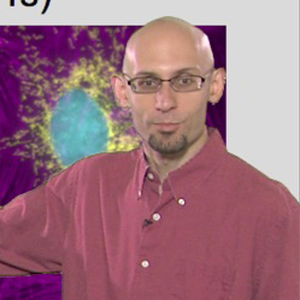
Talks with this Speaker
Optical Sectioning and Confocal Microscopy
Kurt Thorn introduces confocal microscopy and discusses optical sectioning, reconstruction of 3D images, and how different confocal microscopes work. (Talk recorded in April 2012)

- Student
- Researcher
- Educators of Adv. Undergrad / Grad
Image Analysis
In this guide on image analysis, Kurt Thorn shows us the proper way to perform background subtraction and shading correction of digital microscope images. (Talk recorded in April 2012)
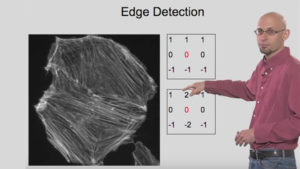
- Researcher
Introduction to Digital Images
Kurt Thorn gives an introduction to digital images, and provides the basic understanding needed to display, manipulate, store and make measurements of digital images. (Talk recorded in April 2012)
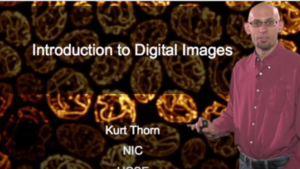
- Researcher
Live Cell Imaging and Environmental Control
Kurt Thorn discusses how to control the temperature, humidity, and atmosphere (CO2 concentration) around your cells so that they survive during live cell imaging. (Talk recorded in April 2013)
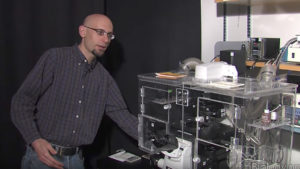
- Researcher
Summary: Designing a Fluorescence Microscopy Experiment
Kurt Thorn describes factors to consider when designing a fluorescence microscopy experiment including choice of microscope and choice of dye or fluorescent protein. (Talk recorded in April 2012)
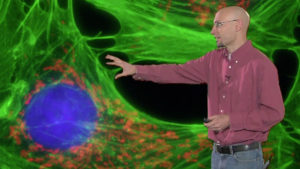
- Researcher
Two-Photon Microscopy
Kurt Thorn introduces two-photon microscopy which uses intense pulsed lasers to image deep into biological samples, including thick tissue specimens or even inside of live animals. (Talk recorded in April 2012)
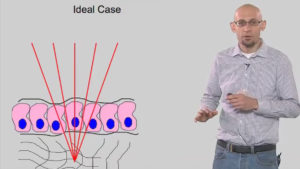
- Researcher
Optical Sectioning and Confocal Microscopy
Kurt Thorn introduces confocal microscopy and discusses optical sectioning, reconstruction of 3D images, and how different confocal microscopes work. (Talk recorded in June 2009)

- Student
- Researcher
How to Clean Objective Lenses and Filters
Dirt and residue on the surface objective lenses and filters can degrade image quality. In this talk, Kurt Thorn explains how to clean objective lenses. (Talk recorded in April 2012)
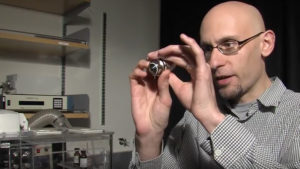
- Researcher
Abbe Diffraction Demonstration
In this Abbe diffraction demonstration, Kurt Thorn shows how diffraction of light by a specimen (and interference with the illuminating light) gives rise to an image. (Talk recorded in April 2013)
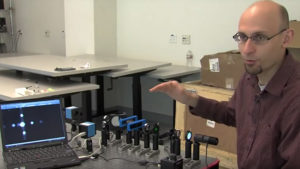
- Researcher



